
Encolpyon (city. ἐγ-κόλπιο) in the sense of a cross-reliquary is first mentioned in 811 in a letter from Greek Patriarch Nicephorus to Pope Leo III. Among other things, the patriarch sends to Rome a golden encolpion with a relic of the Holy Cross. In Russia, folding crosses were worn by representatives of church and secular authorities, monks, pilgrims to holy places. The Greek term is translated "on the chest" and reflects the ways of wearing the cross, among which the main was considered - on top of clothes. Material, which was used in Russia to make encolpions - metal, preferably an alloy based on copper, in contrast to the crosses, which were made of metal, stone, bones, wood. Ancient Russian products were covered with gilding, decorated with enamels, blacken, inlaid with silver, but all this as part of a serial copper casting.
The first reliquaries appeared on the territory of the ancient Russian state in the 10th century, they were probably brought by pilgrims or representatives of the prince's wife. In the XI - first half of the XIII centuries, the use of folding crosses flourished, most of which were made in the Middle Dnieper.
In the collection of the Chernihiv Historical Museum named after VV. Tarnowski are preserved 40 encolpions, of which 21 із колекції Василя Тарновського (before the Second World War, this collection numbered 53 items).
Lyudmila Sita. Encolpion crosses in the archeological collection of the Chernihiv Historical Museum named after VV. Tarnovsky. Catalog // Treasury of Ukrainian culture. – 2019. - Issue 20. - WITH. 3–16.
#collections_of_Chernihiv_Historical_Museum_of_Vasyl_Tarnovsky
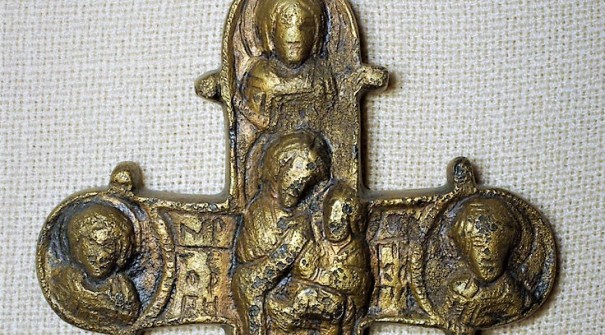
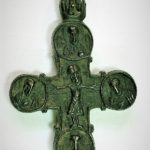

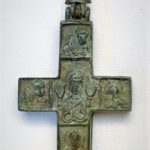
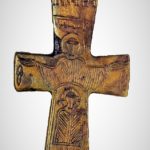

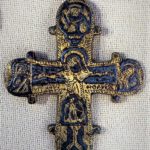



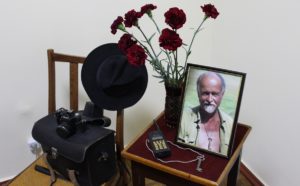

More Stories
Chernihiv seals from the Radomyshl museum
To the second anniversary of the defense of Chernihiv Oblast
Life is devoted to science